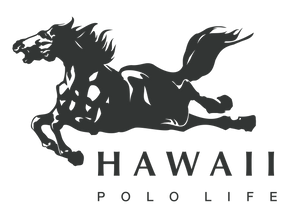Eco-Friendly Sustainable Activewear
Hawaii Polo Life is on the move to making environmentally conscious decisions. Just like you, we are passionate about protecting our oceans and planet. This year, we decided to go the extra mile to be ethical in our practices by creating a women's activewear line using eco-friendly fabrics. We are always researching, developing and learning new ways to improve. We aren't 100% there yet, however, we strive and will continue to create a product that is both ethical & sustainable.
HIGH-QUALITY FABRIC
The desire to protect our beautiful oceans and marine life is what inspired us to use a fabric that is both ethical and luxurious. We chose an innovative Italian textile called Carvico Vita, which is made of 100 % regenerated post-consumer waste. More specifically, Hawaii Polo Life women's activewear consists of 22% Elastane and 78% ECONYL® - regenerated nylon, which the Slovenian company AquafilSLO d.o.o. recycles from discarded fishing nets and plastics in the oceans from around the world. Aquafil Slovenia is the only company in the world that has the technology to turn old fishing nets into regenerated nylon. This way we are able to ensure that none of our women's activewear require first generation virgin nylon. Not only is our fabric sustainable, but of the highest quality and superior resistance to UV, chlorine and sun lotions. Our fabric has excellent shape retention and durability, which makes our women's activewear last year after year.
MANUFACTURING
Our manufacturer far exceeds minimum labor standards in their business, production and sourcing practices. All staff are paid above award wages at up to three times the standard; they negotiate their own contracts and salaries. Everyone is provided with comprehensive health insurance for themselves and their family and are paid a13 months of salary annually. Working hours are less than 40 hours per week, meal allowance is included and any overtime (voluntary) is paid accordingly. All according to Indonesian Manpower regulation.
To avoid over production and waste, the collection is produced throughout the season, therefore we only produce what we can sell.


